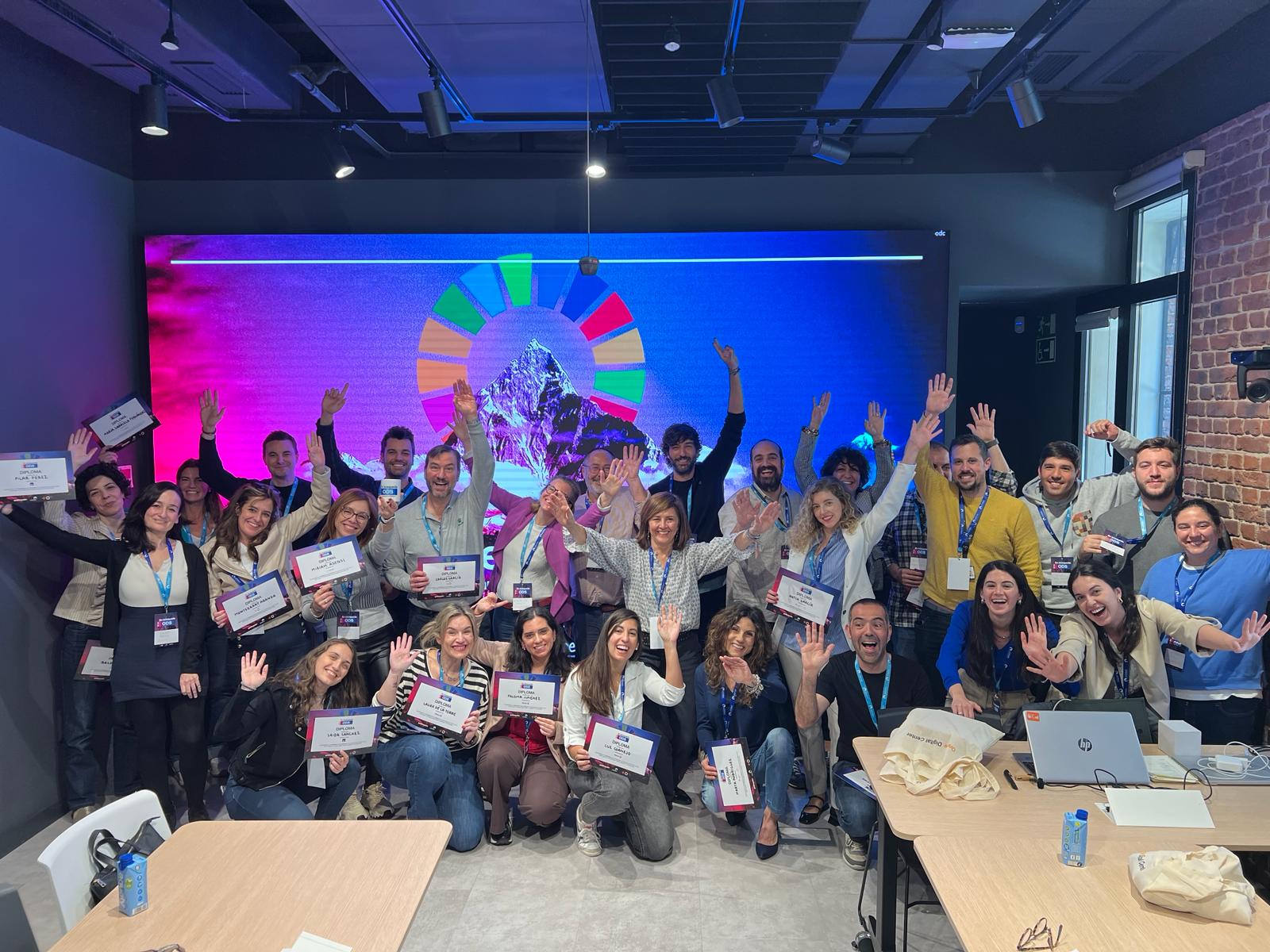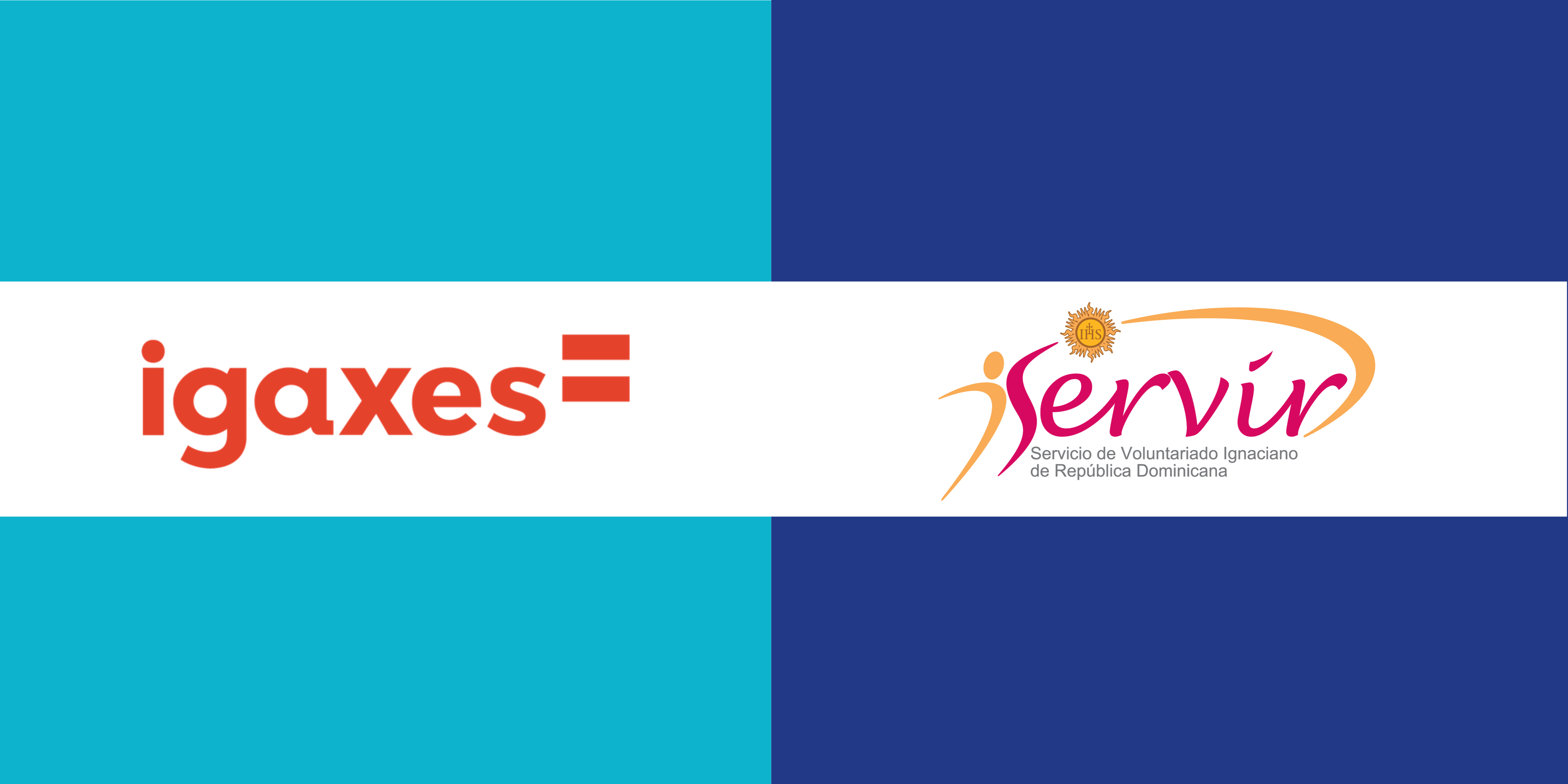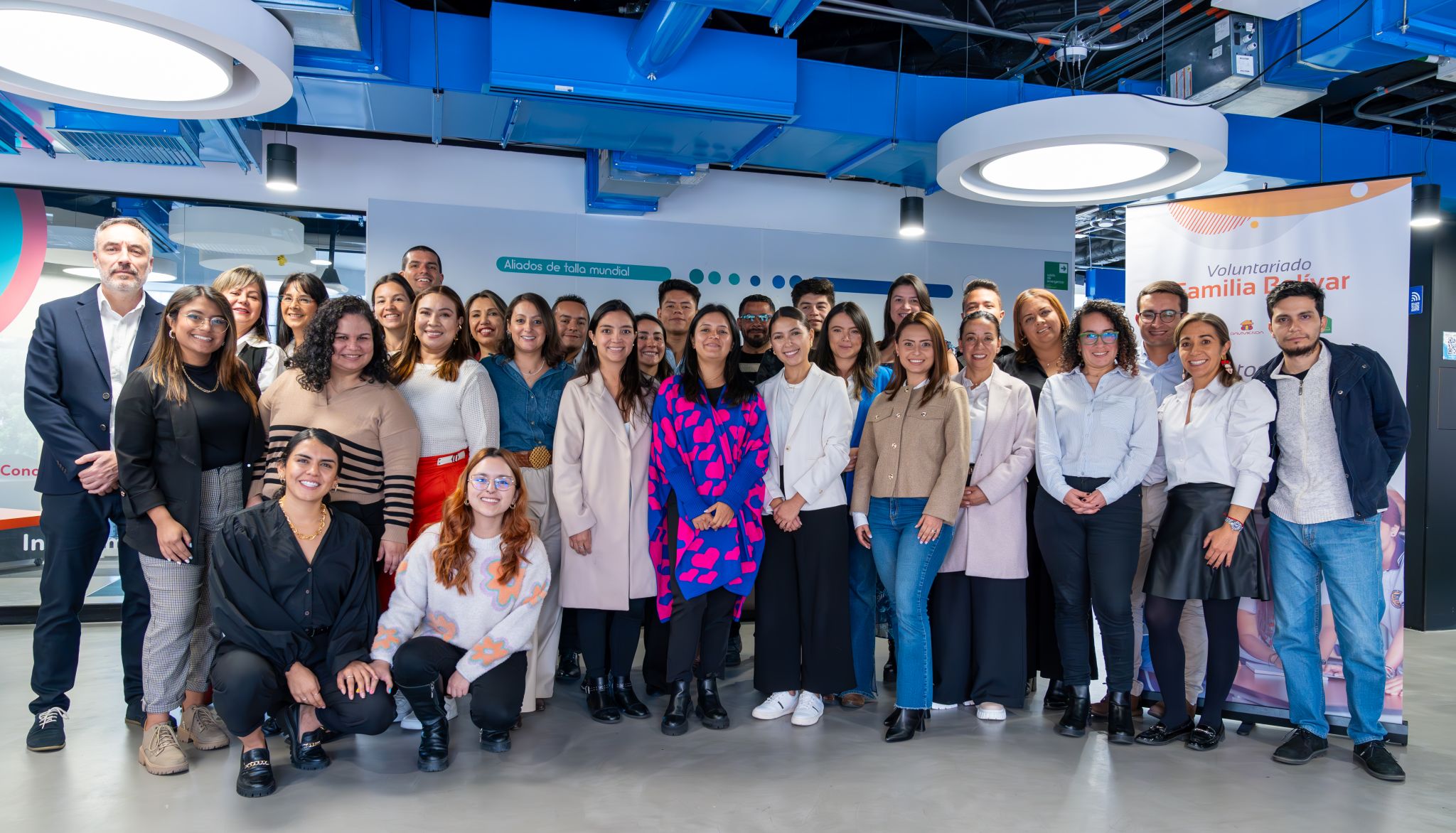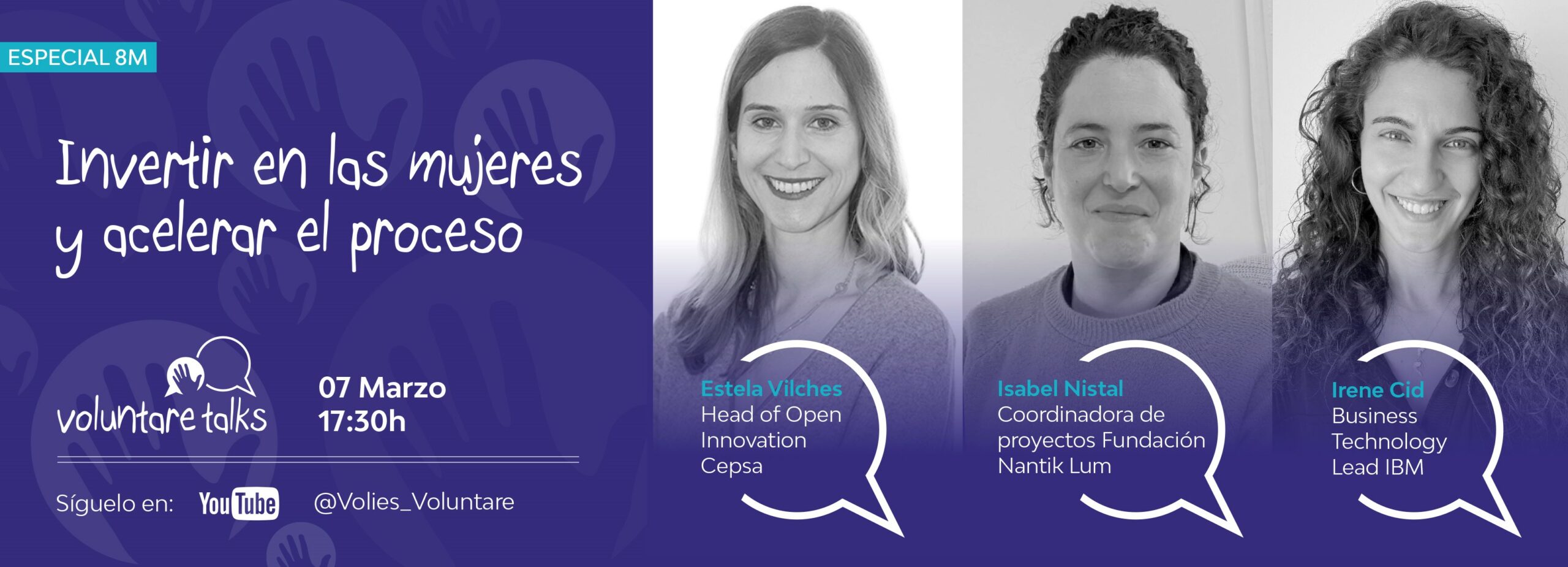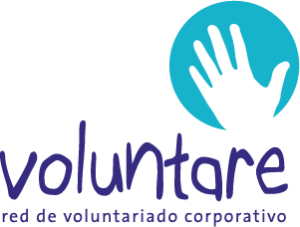A Powerful Idea
Empowering and mobilizing employees to volunteer in local and international communities for the benefit of all is a powerful idea. Corporate volunteering programs enable employees to utilize personal resources for broad social benefits. The employees not only leverage the assets of the business, but combine these assets across broader social networks utilizing trust and localized norms of cooperation.
Focus and Scale
Many employee volunteering programs seem like a solution in search of a problem. Providing employees a warehouse full of opportunities to volunteer is a good idea – but it’s not good enough. Don’t get me wrong, I’m a big believer in offering employees the chance to choose for themselves where to volunteer or give financially. Any employee volunteering program worth its salt will provide ample choice. But the most impactful employee volunteering programs also offer focus and scale. These programs identify the problem they want to solve and then bring scale to the solution by tapping into the combined resources of the company and the employees.
What’s the problem?
Identifying the problem (or result) your employee volunteering program should focus on is not easy – and there are two reasons why. First, corporate volunteering programs can achieve results for the company, the community and the employee. A good program will identify and prioritize outcomes for each of these ares. This requires thinking about the program as a three dimensional manner – and that’s hard work.
- Click here to see a list of the benefits of employee volunteering
- Click here for key steps on how to achieve these benefits
Second, everyone assumes that everyone else sees the problem the same way they do. The truth is, the various stakeholders within the company and out in the community have widely divergent views on what constitutes ‘the problem.’ In our experience, we have yet to find that a formal problem definition already exists when we begin an engagement with a client.
Solving the Right Problem
At RW, we’ve discovered that solving the right problem requires using an approach that allows us to analyze and clarify what our client hopes to achieve. And here’s the rub – our “client” is never limited to the individual who hired us. Employee volunteer programs exist within a complex corporate ecosystem and impact almost everyone. In order to create focus and scale, the numerous stakeholders within that ecosystem must be included in the process of defining the problem and identifying the desired results.
We use the management acronym CATWOE which enables us to identify the perspectives of the various stakeholders and realistically consider the impacts our program will have on them.
Clients – Who are the beneficiaries of the program we will design?
As previously noted, a good employee volunteering program will have a three dimensional benefit: the company, the community and the employees. Each of these groups should be considered individually. We typically begin by constructing an Empathy Map to understand the employees WIIFM (‘what’s in it for me?’). For a more detailed description of this process click here.
Actors – Who is responsible for implementing this program? Who will carry out the activities that will make this system work?
We list all of the internal and external stakeholders and the specific roles they will need to play in order for the program to work. At this stage, the list is not comprehensive – and that’s ok. It is meant to provide a foundation upon which to identify all the essential actors and begin to understand their motivations, constraints, resources and point-of-view.
Transformation – What transformation will the employee volunteering program bring about? What are the required inputs and activities? What transformation do those inputs and activities need to go through to achieve the program goals? (Outputs, outcomes, and finally – impacts)
This step requires the construction of a “theory of change” (logic) model. A good theory of change model enables us to realistically consider the desired outcomes and impacts in light of the resources and activities. It’s important to include each component of the the model in the final program design.
Check this tutorial out for detailed information on Logic Models.
Here’s a good explanation of Logic Models.
Worldview – What particular worldview justifies the existence of this program? What point of view makes this program meaningful?
One of the worst reasons to implement an employee volunteering program is “everyone else is doing it.” Remember when your mom asked, “If everyone else jumped off a bridge, would you?” She was right. Each corporate volunteering initiative needs a unique point of view. A worldview can be articulated by investigating the constraints, goals, and motivations of the company in choosing to implement an employee volunteering program. This investigation will establish a clear value proposition of the program.
Owner – Who has the authority to abolish this system or change its measures of performance?
The owners are those who are required to play a role in the implementation of the program. They may also have a vested stake in the outcomes and impacts of the program for the employees or the community or the company – or all three. This information will inform the ecosystem in which the program will have to operate.
For a great explanation of ecosystems and their importance check out Ron Adner’s book ‘The Wide Lens’.
Environmental constraints – Which external constraints does this system take as a given?
The ability to understand environmental constraints such as non-negotiables, the corporate cultural norms as well as any resource or timeframe considerations is key to development of a successful program. We typically spend a large portion of our time investigating these factors. The key to successfully identifying these environmental constraints is to ask the right questions, such as:
- What’s worked well in the past and why?
- What’s not worked well in the past and why?
- Who or what has been instrumental for success?
We can help!
Most of the blogs we write are geared toward managers responsible for employee volunteering, workplace giving, and sustainability programs. Our intention is to help you be more successful – whether you engage us formally or not. The work you do is critical to addressing the huge social and environmental issues facing our global society. The role you play in the company you work for is key to humanity’s future.
If you’d like our help with your employee volunteering or workplace giving program please feel free to drop us a line at contact@realizedworth.com or call us at 855-926-4678. Or take a look at the services we offer here.
For more detail on the tools mentioned in this blog be sure to check out our Prezi:
Corporate Volunteering – Why it matters and how to do it right
FULL VERSION: Corporate Volunteering – Why it matters & how to do it right on Prezi
Fuente: Realized Worth
